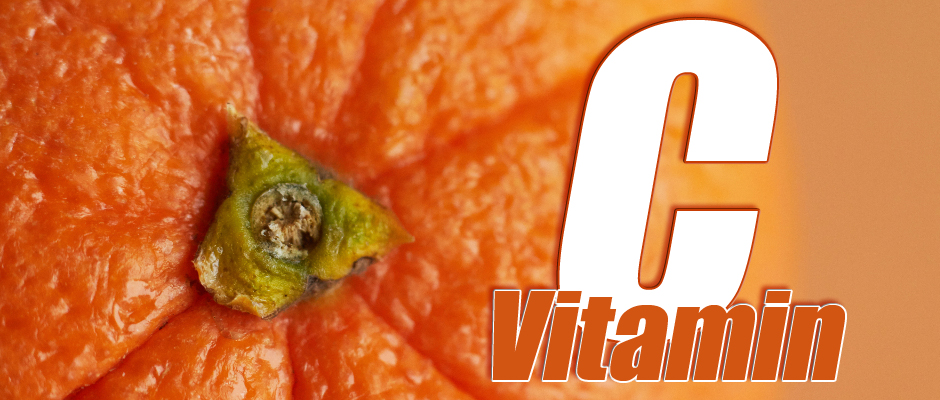Should You Be Taking Vitamin C? If so, how much?
Vitamin C is an anti-bacterial, anti-viral, and antioxidant. Most people are already familiar with this handy little vitamin. However, most are unaware of its many uses or how much to take.
As you may already know, studies have shown that Vitamin C is a co-factor for physiological reactions such as hormone production, collagen synthesis, and immune potentiation. However, that’s just where Vitamin C starts. Studies have also shown that VIT-C is an effective anti-viral agent, especially against influenza (Kim et al., 2013).
But it does not stop there. Thanks to the work of Fred R. Klenner, M.D., and many other physicians like him, we now know that high vitamin C dosage therapy can help address a variety of illnesses. Specifically, high doses of vitamin C (such as 5,000 to 20,000 milligrams orally or 20 to 200 grams intravenously – per day) have been shown to reverse various serious health conditions (Saul, n.d.).
A multivitamin is important, but ensuring a decent amount of VIT-C is vital. According to Dr. Gary Gordon, “The right dose of Vitamin C will stop every infection in its tracks without needing to use antibiotics (Gordon, 2015)”. Of course, quality and timing are a factor, but therapeutic doses of VIT-C are critical and at much higher doses than the recommended doses suggested by the government. Dr. Linus Pauling noted that “vitamin C is a critically important water-soluble antioxidant, as it protects proteins and lipids from free radical damage associated with infection, intensive exercise, and other stressors that can injure cells (Barclay, 2006).”
When we look at the research, we find more to be excited about. For example, researchers at Albert Einstein College of Medicine of Yeshiva University reported they had discovered that VIT-C could kill bacteria, including drug-resistant tuberculosis (TB) bacteria, also a known cause of chronic infectious epididymitis (Albert Einstein College of Medicine, 2013). David Brownstein, M.D. says that “Vitamin C fell out of favor when antibiotics came in, but this study shows the potential of using vitamin C to kill infection” (Libov, 2013).
The problem is that the VIT-C response is not predictable when taken by mouth. This is why the amount necessary varies from person to person. Furthermore, oral doses of vitamin C are sometimes not as effective against bacterial infections as they are against viral infections. In these cases, injections or liposomal Vitamin C might be necessary.
Another thing that vitamin C does great at is acting as a “reducing agent” regarding bacterial infections. It helps to turn off the protective measures of the bacteria. As a result, and if you follow the advice of competent research, this will give the vitamin D and liposomal GSH (that you should be supplementing with) plenty of opportunities to do their job.
Vitamin C is also one heck of an antioxidant that can block some of the damage caused by substances that damage DNA (such as certain antibiotics). Another good point is that it is hard to take too much, and diarrhea is the worst side effect at high doses. Of course, you would likely have to take extremely high doses to achieve that response.
It should be understood that “an insufficiency of VIT-C leads to severe injuries to multiple organs, especially the heart and brain since they are both highly aerobic organs that produce more oxygen radicals (Kim et al., 2013).” If you seek more consistent results with VIT-C, liposomal vitamin C might be a good choice here. Either way, it is fun to experiment with.
So, we know how much you CAN take. The question then becomes, how much SHOULD you take? Dr. Brownstein generally recommends 3,000-5,000 mg a day of supplemental vitamin C to maintain good health (Libov, 2013).
Of course, you don’t have to supplement if that’s not your thing. If you don’t want to supplement and are not allergic, ensure you get plenty of Vitamin C-rich fruits such as Guavas, Kiwi, Strawberries, Oranges, or Papaya. Each of these has a very high amount of VIT-C.
Product Suggestions by Amazon
RESOURCES – CLICK HERE
Elements of this article were initially published as a chapter in the book Natural Health Made Easy: The Briobiotic Protocol (2016)
This article was written from a Health Science perspective. Dr. Robertson is a health researcher and educator, not a physician. The information provided here is not medical advice, a professional diagnosis, opinion, treatment, or service to you or any other individual. The information provided is for educational and anecdotal purposes only and is not a substitute for medical or professional care. You should not use the information in place of a visit, call consultation, or the advice of your physician or other healthcare providers. Dr. Robertson is not liable or responsible for any advice, course of treatment, diagnosis, or additional information, services, or product you obtain or utilize. IF YOU BELIEVE YOU HAVE A MEDICAL EMERGENCY, YOU SHOULD IMMEDIATELY CALL 911 OR YOUR PHYSICIAN.




